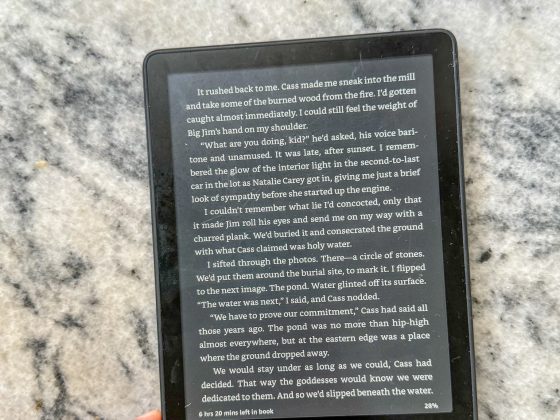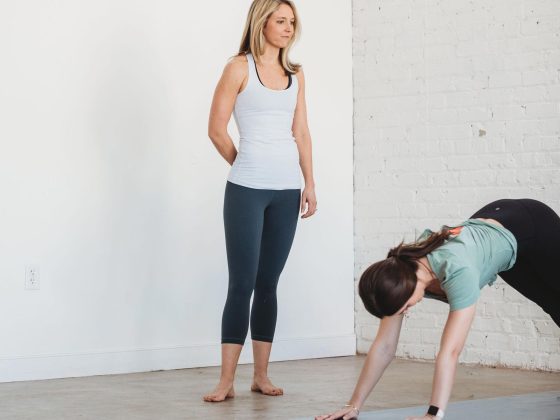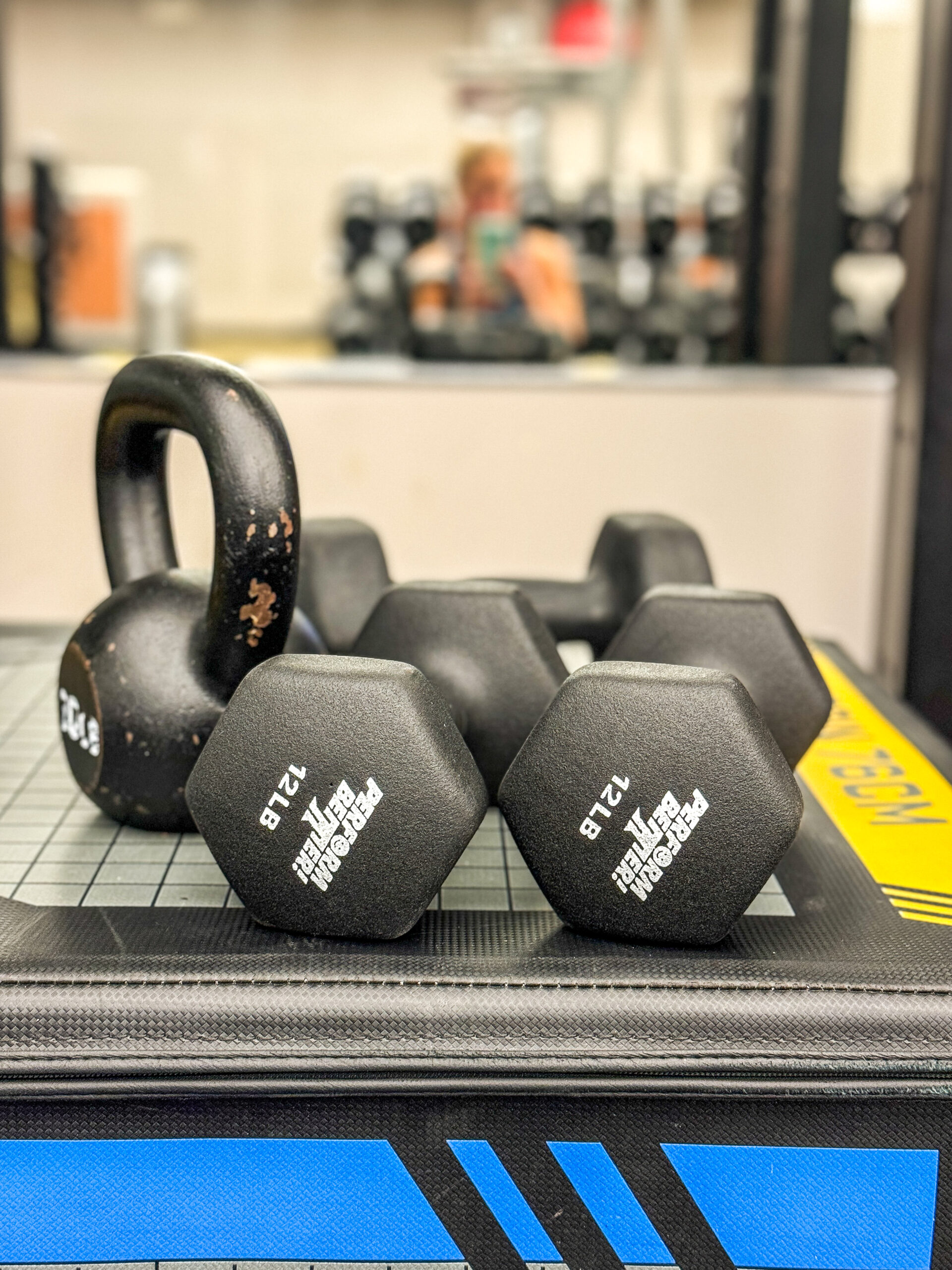Feeling stressed or anxious? Understand you’re not alone and your feelings are valid. Luckily, we have a stress management tool that is with us 24/7 –– our breath. Breathing is super important as it calms our body when it goes into “fight or flight” mode when responding to stress, according to Harvard Health. While our body’s stress response is helpful in certain situations, it can lead to harmful health effects like suppression of the immune system and high blood pressure if it happens often. We cannot avoid stress, but we can control how we respond and manage it on a day-to-day basis, says the Cleveland Clinic.
Breathwork is a natural coping mechanism to evoke your body’s relaxation response that you can use whenever you feel stressed or anxious. We spoke to Parita Shah, a reiki practitioner and energy healer specialized in mindfulness meditation about easy, beginner-friendly exercises that will help you calm down. Here are her top five breathing techniques and the benefits of each to relax your body and mind.
Nadi Shodhana
This exercise, known as alternate nostril breathing, fosters mental clarity and an alert mind.
- Sit cross legged, or on a chair with your feet flat on the floor. Relax the shoulders and rest your left palm on your left thigh.
- Gently press on your right nostril with your right thumb and inhale through your left nostril for 4 seconds.
- Now press on both nostrils (with your pinky finger and thumb) and hold your breath for 4 seconds.
- Open your right nostril and exhale for 4 seconds.
- Inhale through your right nostril for 4 seconds.
- Close both nostrils and hold your breath for 4 seconds.
- Open your left nostril and exhale for 4 seconds.
- Repeat this cycle three or more times until you feel calm.
Joshin Kokyu Ho
This is a traditional meditation practice from Usui Reiki that is both grounding and revitalizing.
- Find your comfortable meditative seat. Feel the hip bones anchor into the surface below you. Find some length in the spine and relax the shoulders away from the ears.
- Bring your palms to touch at the center of the heart. Set an intention or dedication for your practice.
- Relax your palms on your thighs.
- As you inhale through your nose, be aware of your breath as it travels through your nose, chest, and down to the Hara. The Hara is an energetic center, located a few inches below the belly button, where we store our original, Earthly and ancestral energy.
- Hold the breath as you observe your body and mind.
- On the exhale, visualize and intend for this energy to radiate out of your entire body and into your surroundings.
- Continue this for about 15 minutes until you feel embodied and vibrant.
4-7-8 Breathing
This is a popular breathing exercise taught by Dr. Andrew Weil, which soothes and rejuvenates the nervous system.
- Sit up comfortably. Keep your belly engaged, heart open and shoulders relaxed.
- Rest the tip of your tongue behind your front teeth.
- With your lips slightly apart, fully exhale out through your mouth, making a “whoosh” sound.
- With the lips sealed, gently inhale through your nose for a count of 4.
- Hold your breath for a count of 7.
- Exhale fully through your mouth, making a “whoosh” sound, for a count of 8.
- Repeat this cycle at least 3 times.
Breath of Fire
This exercise detoxifies the digestive tract, builds energy and promotes vitality.
- This exercise should be practiced on an empty stomach at least a few hours after eating. Sit up tall and comfortably.
- Place your left hand facing upward on your thigh. Place your right hand on your belly to feel it expand and contract as you breathe.
- Inhale through your nose, and allow your belly to expand.
- Rhythmically exhale out through the nose, without pausing. Feel the belly contract with each short exhale.
- Keep exhaling for 30 seconds. Be sure to bring the belly in with each exhale. The exhale is intentional, while the inhale happens naturally.
- With experience, you can extend the length of this practice to 3 minutes or more. However, let this growth happen slowly over weeks or months.
Ujjayi Breath
This breathing technique is a form of Pranayama (yoga breathing exercises) and translates to “victorious breath” in sanskrit.
- Find a meditative posture that is engaging yet comfortable. Begin to breathe in and out through your nose.
- Take a deep inhale in through your nose. Gently constrict the muscles in the back of your throat, and exhale slowly. You will make a sound similar to if you were trying to fog up a mirror with your mouth closed.
- Once you have gotten the pattern of the breath, the inhale and exhales will sound like ocean waves.










